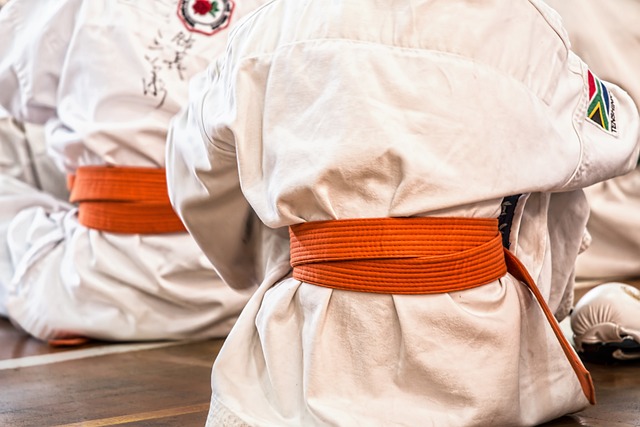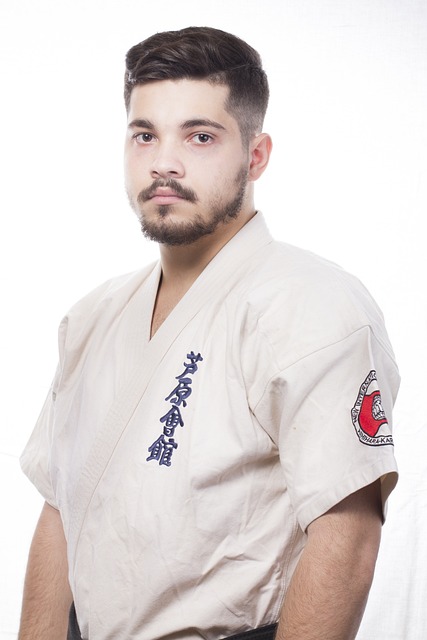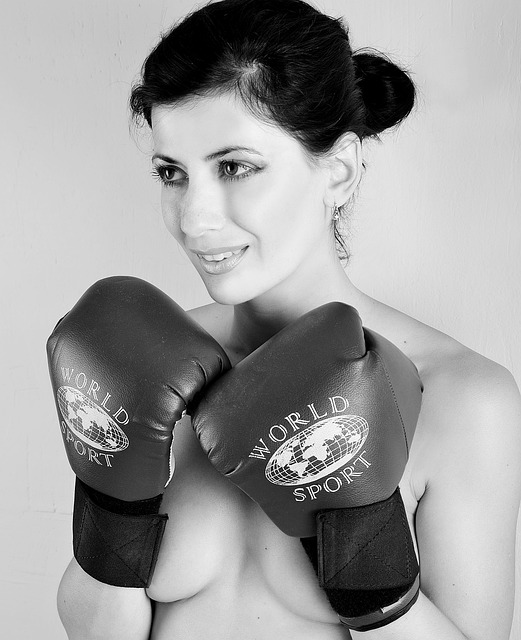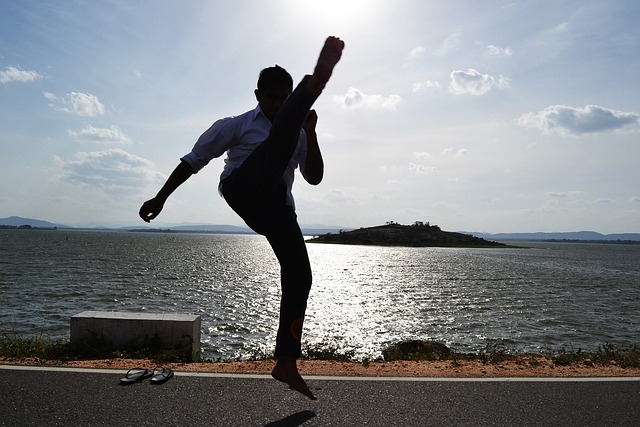The Karate uniform, or 'keikogi,' is a traditional and functional garment essential for practitioners. Unlike other martial arts' gis, it is specifically tailored to facilitate the movements of Karate training, consisting of a jacket, trousers, and an obi, which also signifies the wearer's rank. The keikogi is crafted from durable yet flexible fabric, traditionally white to symbolize purity and humility, with a colored patch on the sleeve indicating skill level. When selecting a Karate uniform, it's important to consider the material—choosing between traditional cotton/hemp or modern synthetic fibers for comfort, performance, and durability. Proper fitting and size are crucial for unencumbered movement and effective training. Additionally, maintaining the karate gi requires careful handling post-training, cold water washes, separate washing to prevent color bleeding, and flat drying away from direct sunlight. Proper care ensures the uniform's longevity, respecting the traditions of Karate, while also reflecting the practitioner's commitment and progress within the discipline.
Karate practitioners around the globe engage in a discipline that demands not only physical strength and mental fortitude but also adherence to tradition, including the wear they don for practice. Central to this is the karate uniform, a garment steeped in history and significance. This article delves into the specifics of what a karate uniform is called, its historical roots, defining characteristics of authentic attire, and guidance on selecting and maintaining your own. Understanding the karate uniform name and its evolution provides insight into the respect and tradition that underpin this martial art.
- Understanding the Essentials: What is a Karate Uniform Called?
- The History and Evolution of Karate Gi Jackets
- Key Characteristics of Authentic Karate Training Attire
- Selecting Your Ideal Karate Uniform: Materials, Sizes, and Styles
- Maintenance and Care for Your Karate Gi: Keeping Your Attire Respectful and Ready
Understanding the Essentials: What is a Karate Uniform Called?

A Karate uniform, often referred to colloquially as a gi, is a traditional garment worn by practitioners during training and competition. The specific name for a Karate uniform differs from those used in other martial arts, with its design tailored to facilitate movement and provide durability for the rigors of Karate practice. Typically, a Karate gi consists of a jacket (upper), trousers (lower), and a belt (obi) that signifies the wearer’s rank or level within the discipline. The jacket is characterized by its closed collar and long sleeves, often made from heavier fabric compared to other martial arts gis. The trousers are straight-legged with cuffs at the ankle, allowing for ease of movement during kicks and stances. The belt, while serving a functional purpose in holding the garment together, also plays a significant role in denoting the practitioner’s progression within the art. When selecting a Karate uniform, it is crucial to opt for one that meets the standards set by the style of Karate being practiced, as well as any competition regulations if applicable. Understanding the terminology and specific design elements of a Karate gi can enhance both the practitioner’s experience and their respect for the traditional aspects of this ancient martial art.
The History and Evolution of Karate Gi Jackets

Originating from the traditional Japanese martial arts garments, the Karate Gi jacket has a rich history intertwined with the practice of karate itself. The term ‘Gi’ refers to the cotton kimono-like attire that practitioners wear during training and grading. Its origins can be traced back to the late 19th and early 20th centuries when Okinawan martial artists began adopting the judogi, which was used in judo, as their own training uniform. Over time, the karate gi evolved to better suit the needs of the discipline, with lighter fabric and a design that allowed for greater mobility and comfort during practice and competition. The classic karate Gi consists of a jacket, trousers, and a belt, known as an obi, which denotes the wearer’s rank.
The evolution of the karate gi has been influenced by both practicality and tradition. Over the years, the design has remained relatively consistent, with subtle changes to adapt to the global spread of the martial art. The jacket, a key component of the uniform, is typically buttoned up and features rolled-up sleeves for ease of movement. It is constructed with a heavy weave cotton or hemp fabric, which offers durability while providing breathability during intensive training sessions. Today, the karate gi remains an iconic symbol of discipline, respect, and tradition in the world of martial arts, and its name, the karate uniform, underscores its significance within the practice. Whether for traditional or competitive karate, the Gi continues to be a representation of the practitioner’s commitment to the art.
Key Characteristics of Authentic Karate Training Attire

A genuine karate training attire, often referred to by its Japanese term ‘keikogi’ or ‘gi,’ is characterized by several distinct elements that distinguish it from other martial arts uniforms. The keikogi typically features a jacket, known as the ‘ukemi,’ and pants, called ‘are’ for men or ‘rei’ for women. These garments are designed with traditional cotton or hemp fabric, which offers durability and comfort, allowing practitioners to execute techniques without restriction while also withstanding the rigors of repeated use. The jacket is fastened at the front with buttons and usually has a belt loop, accommodating the obi, a wide belt that secures the garment in place during practice. It’s crafted with a loose fit to provide mobility but can be tied tighter for formal occasions or grading. The pants, meanwhile, are straight-legged and similarly constructed for ease of movement. Both the jacket and pants are hemmed at the cuffs and bottoms to prevent tripping during practice. The color of an authentic karate uniform is typically white, symbolizing purity and humility, which are core values in the martial art. Additionally, the uniform may have a red or black patch sewn on the left sleeve, indicating the rank or belt level of the practitioner. This badge of honor signifies dedication and mastery, making the karate uniform not just a garment but a representation of the wearer’s journey in karate.
Selecting Your Ideal Karate Uniform: Materials, Sizes, and Styles

When selecting your ideal karate uniform, also known as a keikogi, it’s crucial to consider the materials, sizes, and styles that best suit your needs and preferences. The material of your keikogi can significantly impact your comfort and performance during practice. Traditional cotton or hemp fibers are breathable and durable, making them popular choices for practitioners who prioritize longevity and comfort. Modern keikogis also come in synthetic fabrics that offer moisture-wicking properties and enhanced flexibility, which can be particularly beneficial for high-intensity training sessions. These materials help regulate body temperature and reduce the likelihood of chafing or discomfort.
Sizes and cuts vary to accommodate different body types and movement ranges. It’s important to choose a uniform that fits well; one that is too tight can restrict your movements, while an oversized one may hinder your performance and absorb perspiration less effectively. Most karate uniforms come in standard sizes, from XS to XXL, but it’s advisable to refer to the specific measurements provided by the manufacturer to ensure a proper fit. Additionally, consider the style of the uniform: traditional white is the most common and widely accepted, but many manufacturers offer various colors and designs to express individuality or support a particular dojo or karate association. Whether you’re a beginner or an experienced practitioner, selecting the right karate uniform contributes to a more focused and effective training experience.
Maintenance and Care for Your Karate Gi: Keeping Your Attire Respectful and Ready

Engaging in the disciplined practice of karate requires not only physical preparation but also respect for the traditions and attire associated with the martial art. A key element of this tradition is the karate uniform, commonly referred to as a gi. The gi serves as a symbol of humility, discipline, and respect both for oneself and for the practice. Proper maintenance and care of your karate gi are essential to ensure it remains in optimal condition, ready for use during training or competition.
To maintain the integrity of your karate uniform, it’s crucial to adhere to a regular cleaning routine. After each session, remove the gi promptly and shake it out to eliminate loose dirt and debris. Pre-treat any stains with a gentle, oxygen-based bleach or a stain remover, avoiding harsh chemicals that could damage the fabric. When washing, use a mild detergent and set the washing machine to a cold cycle, as hot water can shrink the cotton material or cause fading. It’s also advisable to wash your gi separately to prevent color transfer from other clothing items. Air drying is recommended to prolong the life of the uniform and maintain its shape; direct sunlight should be avoided as it can lead to faster deterioration of the fabric. By taking these steps, you ensure that your karate gi remains respectful, clean, and ready for your martial arts journey. Regular inspection for any signs of wear or tear is also prudent, as timely repairs can prevent further damage and maintain the uniform’s functionality and appearance.
In conclusion, a karate uniform is commonly referred to as a ‘gi’. This article has delved into the rich history and evolution of the karate gi jacket, highlighting its key characteristics that define authentic training attire. Readers have been guided through selecting their ideal karate uniform, considering materials, sizes, and styles, ensuring both functionality and respect for the martial art’s traditions. Additionally, maintaining the integrity of your gi through proper care has been discussed to ensure it remains in optimal condition. Understanding the karate uniform name and its significance is crucial for anyone interested in martial arts, whether for personal development or competitive training. With this knowledge, practitioners can honor the tradition and heritage of karate while embracing the modern aspects of the sport.
